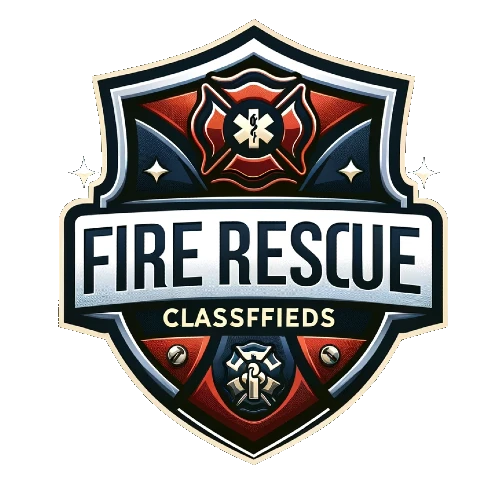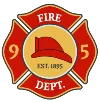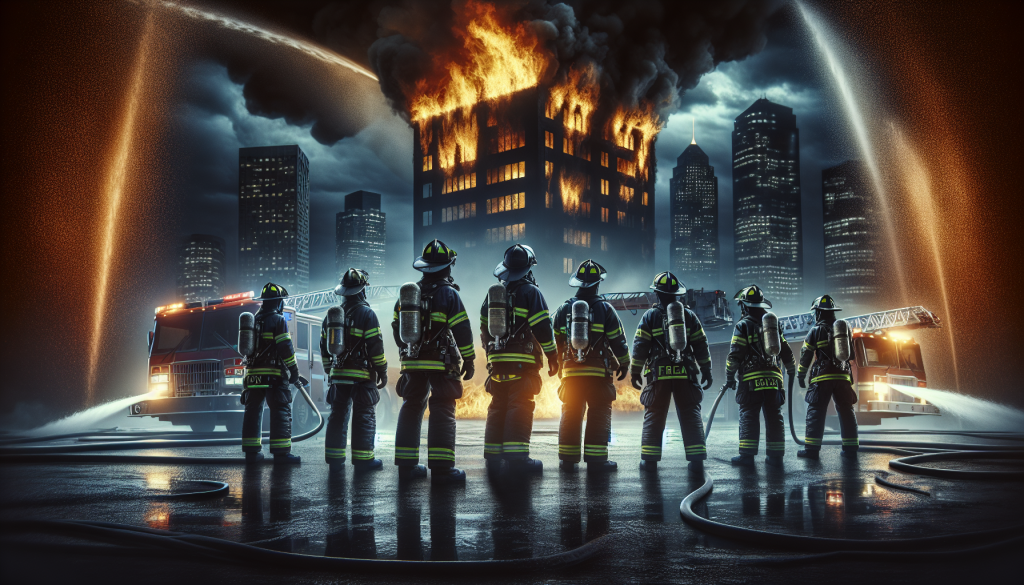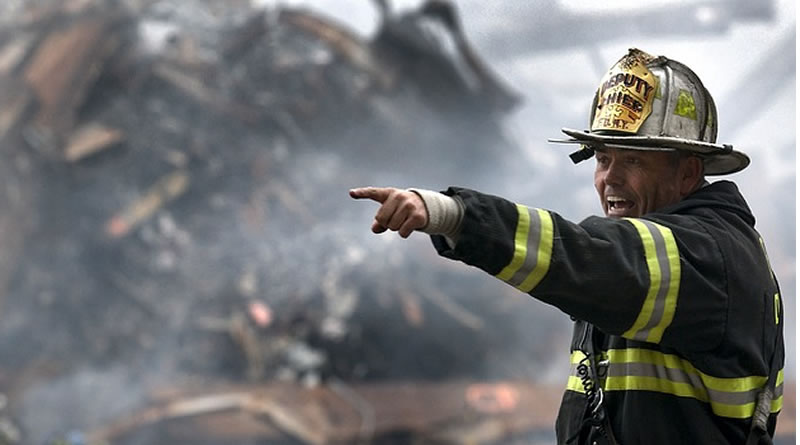Now Reading: Airport Firefighter Duties and Responsibilities
- 01
Airport Firefighter Duties and Responsibilities
Airport Firefighter Duties and Responsibilities
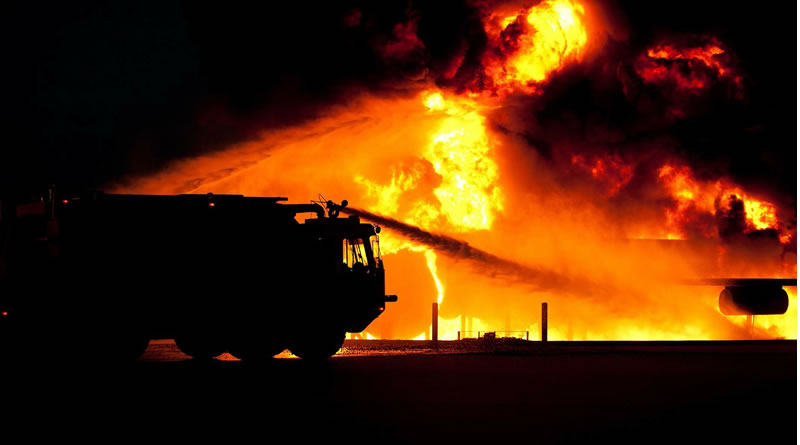
Responding to aircraft emergencies is what Airport firefighters do. They are generally highly trained and can analyse the environmental conditions while responding to determine the best approach.
Airport Firefighters and an understanding of the environment
Airport firefighters require a thorough understanding of the airport environment in order to effectively carry out their duties. This includes knowledge of the layout of the airport, the types of aircraft that operate there, the different types of fuel they use, and the unique hazards associated with the aviation industry.
In addition to this, airport firefighters must also have a deep understanding of fire behaviour and the different types of fire suppression techniques and equipment available. They must be able to quickly assess a situation and determine the most effective course of action to take.
Furthermore, airport firefighters must be familiar with the emergency response procedures and protocols specific to their airport. They must be able to communicate effectively with other emergency services personnel, as well as with air traffic control and airport operations staff.
Overall, airport firefighters require a comprehensive understanding of the airport environment, fire behaviour, and emergency response protocols to effectively carry out their duties and keep people and property safe.
Airport firefighter duties and responsibilities include conducting operations in the field.
Airport firefighters play a critical role in ensuring the safety of people, property, and aircraft at airports. Their duties and responsibilities include:
Conducting Operations in the Field
Airport firefighters are responsible for responding to a variety of emergencies, including aircraft crashes, fuel spills, and fires. They must be trained to use specialized equipment and techniques to safely extinguish fires and contain hazardous materials.
Airport firefighters may also be responsible for conducting rescue operations, such as extricating passengers from damaged aircraft or vehicles. They must be able to quickly and efficiently assess the situation and determine the appropriate course of action.
In addition to emergency response, airport firefighters may be responsible for conducting routine inspections and maintenance on equipment and facilities to ensure that they are in proper working order.
Overall, airport firefighters must be prepared to respond to a wide range of emergency situations and must be able to work effectively as part of a team to ensure the safety of all involved.
Airport firefighters aren’t the only firefighters responding
You are correct, airport firefighters are not the only firefighters who respond to an aircraft emergency. In fact, the response to an aircraft emergency typically involves a coordinated effort from multiple agencies and departments, including local fire departments, law enforcement, and emergency medical services.
When an aircraft emergency occurs, the airport’s emergency response plan is activated, which involves the activation of mutual aid agreements with neighbouring jurisdictions. This means that other fire departments and emergency services from nearby areas may be called upon to provide additional resources and support to the airport firefighters.
In addition to providing additional resources, these outside agencies can also bring unique expertise and equipment to the response effort. For example, some local fire departments may have specialized equipment for dealing with hazardous materials, while others may have trained technical rescue teams who can assist with extrication and other complex rescue operations.
Overall, the response to an aircraft emergency involves a collaborative effort from multiple agencies and departments, each bringing their own unique capabilities and expertise to the table.
Increasing future proficiency
Once the rescue services have completed their tasks there will be a transfer of control to the relevant authorities. These authorities will often put pressure on airport firefighters to hand over as soon as possible. It is essential that agencies work together and ensure this is done as seamless as possible.
When large aircraft incidents do occur there is a generally a review completed. The preservation and security of evidence is critical at all stages. If there is nothing to analyse then the review by airport firefighters and other authorities will be almost pointless.
This evidence should include every task the firefighters carried out. Including where entry was made to the aircraft and if the forcible entry was required and where it may have occurred. There is generally legislation around this type of review and an investigation will always be very thorough.
Airport firefighter training.
Airport firefighters undergo extensive training to prepare them for the unique challenges of responding to emergencies at airports. This training includes:
Aircraft Familiarization
Airport firefighters must be familiar with the different types of aircraft that operate at their airports, including their fuel types, systems, and emergency procedures. This includes both fixed-wing and rotary-wing aircraft.
Fire Behavior and Suppression
Airport firefighters must have a thorough understanding of fire behaviour and the different types of fire suppression techniques and equipment available. This includes training on the use of fire extinguishers, hoses, and other specialized equipment.
Hazardous Materials
Airport firefighters must be trained to safely contain and mitigate hazardous materials, including fuel spills and other hazardous substances that may be present at the airport.
Rescue Techniques
Airport firefighters must be trained in a variety of rescue techniques, including extrication, rope rescue, and water rescue. This training is essential for responding to emergencies involving passengers and crew members.
Emergency Response Protocols
Airport firefighters must be familiar with the airport’s emergency response protocols and procedures. This includes training on how to communicate with air traffic control, airport operations staff, and other emergency services personnel.
In addition to these specific areas of training, airport firefighters also receive ongoing training in areas such as first aid, communication, and teamwork. This ensures that they are prepared to respond to any emergency situation that may arise at the airport.
Contribute
